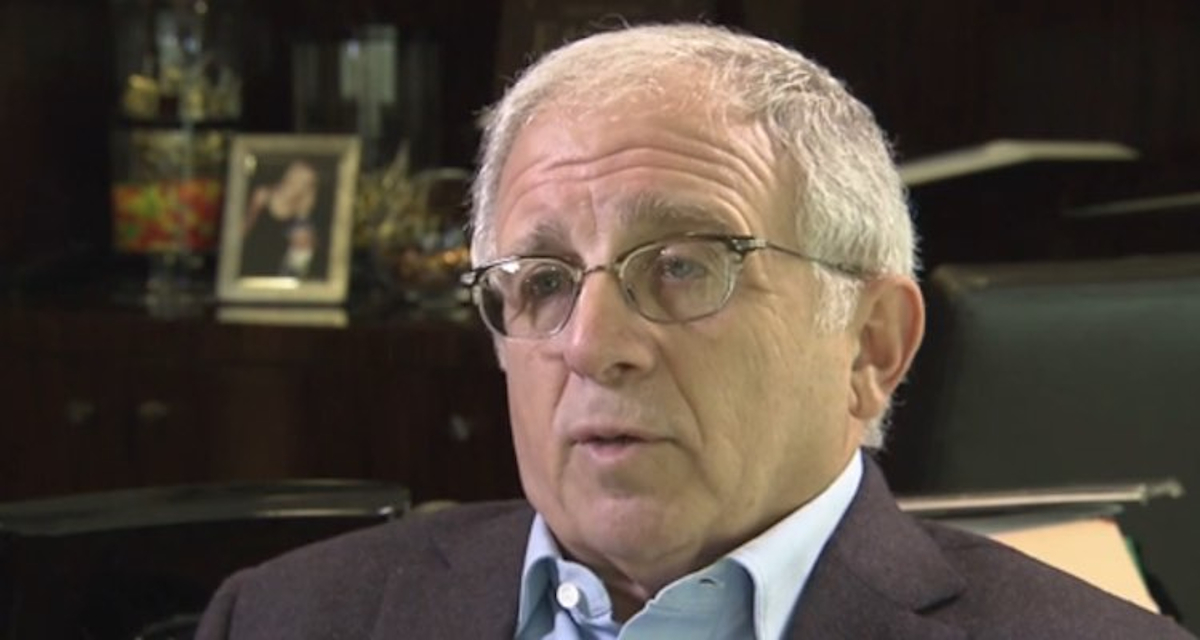Kramer mentioned in a post on The Freak in Dallas/Fort Worth about having a syndicated show on 3 stations with only one spot an hour. My memory kicked in.
In Dallas/Fort Worth an experiment was tried on Lone Star 92.5 with a format that was Texas-centric. For those outside Texas, it's tough to describe. Mix some classic rock, southern rock especially, a heavy dosage of Texas artists and even a couple of Outlaw Country (especially Willie Nelson and Waylon Jennings). You'd hear the Drive by Truckers next to 38 Special. Zero news, weather and traffic. Just bulletins like a Tornado Warning.
There was only one commercial an hour and the product was the exclusive advertiser. For example, Coors. It was the only beer advertised and the official Lone Star 92.5 beer.
Commercials were live and ad-libbed by the jock (all seasoned pros). Here's an example: not exact wording
"Lone Star 92 point 5. I know you're about to head out the door, calling it a day, but you need to know Dallas and Tarrant Counties are under a Tornado Warning. There is a tornado on the ground right now and headed our way. You sure don't want to be stuck on the freeway with a tornado headed toward you. I have a suggestion. You know that little bar by work you were thinking about trying. Drop by there now and wait this storm out. And when you order, order a Coors in the can. You know you have found a great little bar if the mountains on the Coors can are blue because that means your Coors Beer is at the perfect temperature to drink. Again we have a tornado on the ground headed our way right during rush hour. Tarrant and Dallas Counties are under a Tornado Warning until 5:45. Best to wait this one out at work or that corner bar with a Coors Beer. A little Stevie Ray Vaughn on Lone Star 92 point 5."
The format tanked and it was not something it seemed ad agencies could grasp but perhaps now they would have the confidence to buy in on that 'official station brand' idea. If a station chooses to only accept one versus all who will advertise is the question.
In Dallas/Fort Worth an experiment was tried on Lone Star 92.5 with a format that was Texas-centric. For those outside Texas, it's tough to describe. Mix some classic rock, southern rock especially, a heavy dosage of Texas artists and even a couple of Outlaw Country (especially Willie Nelson and Waylon Jennings). You'd hear the Drive by Truckers next to 38 Special. Zero news, weather and traffic. Just bulletins like a Tornado Warning.
There was only one commercial an hour and the product was the exclusive advertiser. For example, Coors. It was the only beer advertised and the official Lone Star 92.5 beer.
Commercials were live and ad-libbed by the jock (all seasoned pros). Here's an example: not exact wording
"Lone Star 92 point 5. I know you're about to head out the door, calling it a day, but you need to know Dallas and Tarrant Counties are under a Tornado Warning. There is a tornado on the ground right now and headed our way. You sure don't want to be stuck on the freeway with a tornado headed toward you. I have a suggestion. You know that little bar by work you were thinking about trying. Drop by there now and wait this storm out. And when you order, order a Coors in the can. You know you have found a great little bar if the mountains on the Coors can are blue because that means your Coors Beer is at the perfect temperature to drink. Again we have a tornado on the ground headed our way right during rush hour. Tarrant and Dallas Counties are under a Tornado Warning until 5:45. Best to wait this one out at work or that corner bar with a Coors Beer. A little Stevie Ray Vaughn on Lone Star 92 point 5."
The format tanked and it was not something it seemed ad agencies could grasp but perhaps now they would have the confidence to buy in on that 'official station brand' idea. If a station chooses to only accept one versus all who will advertise is the question.






